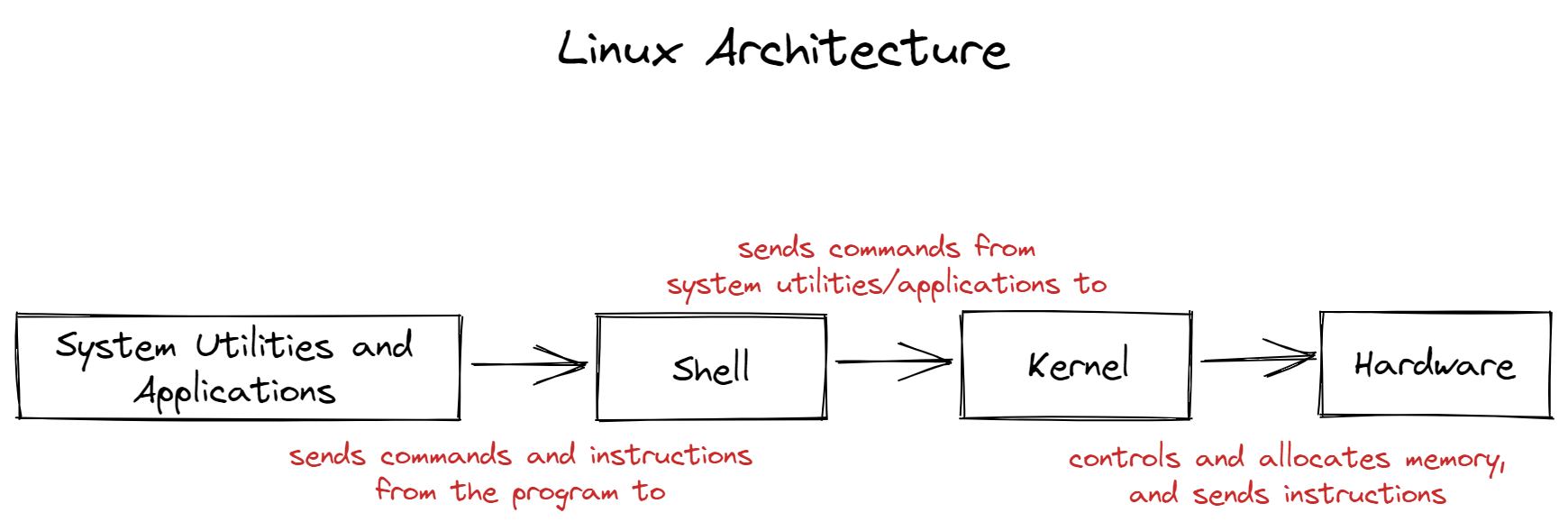Day 1 (Linux for DevOps)
 STUTTIMAKHIJA
STUTTIMAKHIJAWhat is Linux?
Linux is a family of open-source Unix-like Operating systems based on the Linux Kernel, an operating system kernel first released on September 17, 1991, by Linux Torvald. Linux Is typically packaged as a Linux distribution, which includes the kernel and supporting system software and libraries, many of which are provided by the GNU project.
Open - source
Open-source software is a software with source code that anyone can insert, modify, and enhance. Open-source permits others to make modifications to source code and incorporate changes into their own project.
They encourage computer programmers to access, view, and modify open-source software whenever they like.
History of Linux
Linus Torvalds identified few issues with Unix.
Linus Torvalds started developing his own OS by using MINUX OS.
Linus Torvalds release Linux OS free of cost
Linus Torvalds provided Linux OS code also on the internet.
People and companies downloaded source code of Linux OS, and they modified according to their requirements and released into market with their brand names.
As companies released their own Linux OS, we can see several distributions of Linux OS
Ex: Ubuntu ; CentOS ; RedHat ; Fedora ; SUSE ; KALI ; Debian etc.…
There are 200+ Linux distributions available in the market.
Architecture
The architecture of a Linux System consists of following layers -
Hardware Layer: Hardware consists of all peripheral devices (RAM/HDD/CPU etc.)
Kernel: It is the core component of OS, interact directly with hardware, provides low level services to user level components.
Shell: an interface to kernel, hiding complexity of kernel, functions from users. The shell takes commands from the user and executes kernel’s functions.
Application/ Utilities: Applications or utilities programs that provide the user most of the functionalities of an Operating system.

Features of Linux
Following are some important features of Linux Operating system.
Portable: Portability means software can work on different types of hardware in same way. Linux Kernel and application programs supports their installation on any kind of hardware platform.
Open Source: Linux source code is freely available, and it is community- based development project. Multiple teams work in collaboration to enhance the capability of Linux Operating system, and it is continuously evolving.
Multi- User: Multiple users can access system resources like memory, ram, applications programs at same time.
Multiprogramming: Linux is multiprogramming system means multiple applications can run at same time.
Hierarchical file system: Linux provides a standard file structure means in which system files/ user files are arranged.
Shell: Linux provides a special interpreter program which can be used to execute commands of the operating system. It can be used to do various types of operations, call application programs etc.
Security: Linux provides user security using authentication features like password protection/ controlled access to specify files/ enterprise of data.
Subscribe to my newsletter
Read articles from STUTTIMAKHIJA directly inside your inbox. Subscribe to the newsletter, and don't miss out.
Written by
